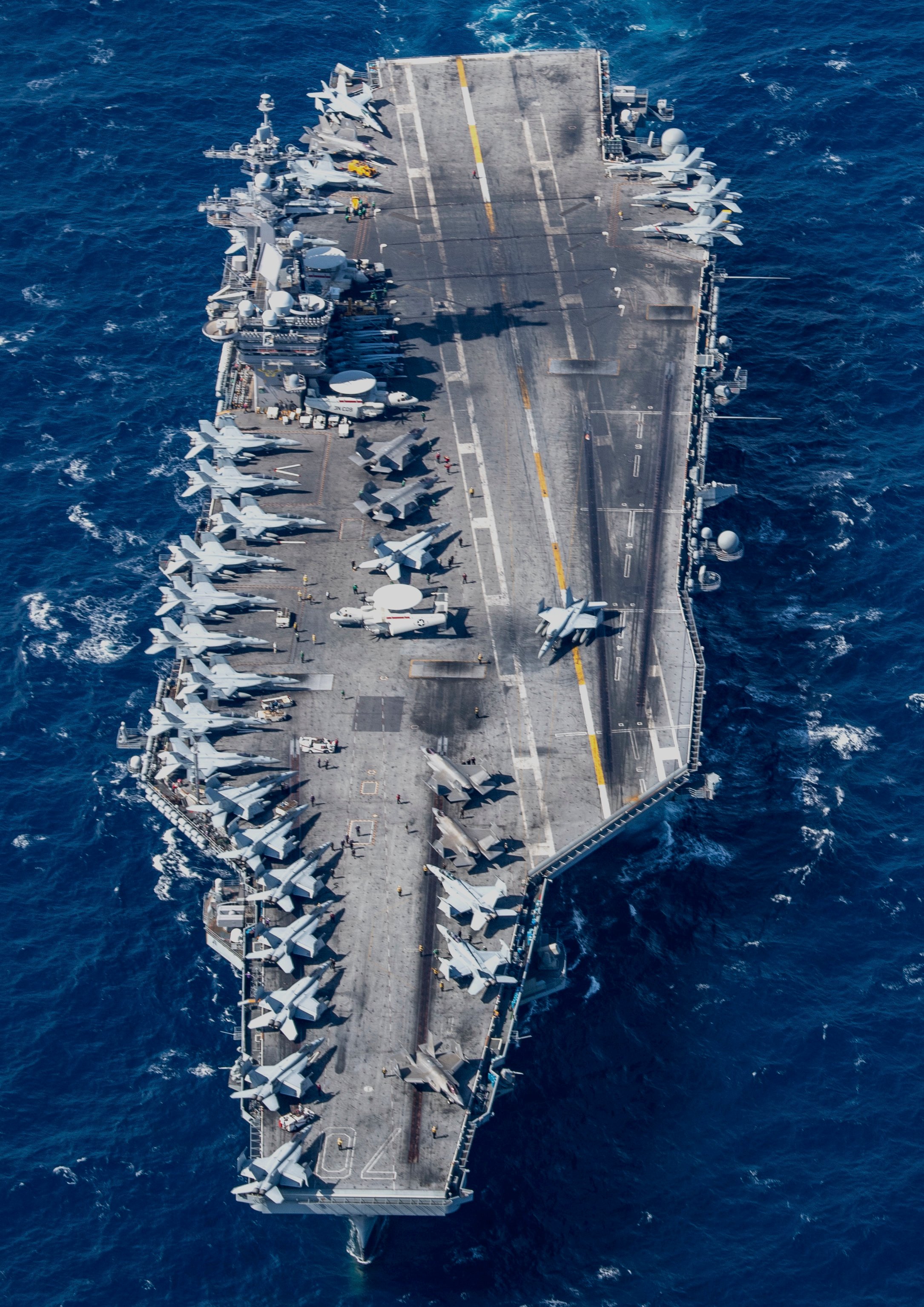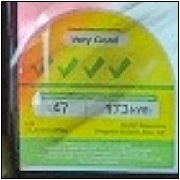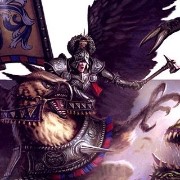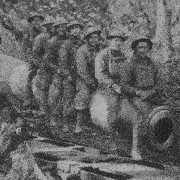|
CaptainACAB posted:Nah that's still the police. you fuckin nerd
|
|
|
|

|
| # ? May 24, 2024 01:50 |
|
Bar Ran Dun posted:ILWU literally won that fight to exist. and who was it that killed them, with impunity, because their union is so strong they can literally get away with murder?
|
|
|
|
CaptainACAB posted:and who was it that killed them, with impunity, because their union is so strong they can literally get away with murder? it caused a full general strike, which they won.
|
|
|
|
Look guys. Even the best team eats a loss every once in a while. Strongest union is still the police.
|
|
|
|
Police "Unions" are not Unions. loving criminal fraternities.
|
|
|
|
https://twitter.com/AircraftSpots/status/1493010532516777984
|
|
|
|
The superbowl was why I've been hearing fighter jets the entire time!?
|
|
|
|
They're defending the airspace so the superbowl can't be turned into another 9/11 lmao
|
|
|
|
Pener Kropoopkin posted:They're defending the airspace so the superbowl can't be turned into another 9/11 lmao it will be a 9/11 if they used the F-35
|
|
|
|
TBF when it comes to this sort of thing the pilots need stick time and bullshit busywork like this is a good way to get it. All militaries do it to some extent at least it's just the USAF can afford to do a lot more.
|
|
|
|
Palladium posted:it will be a 9/11 if they used the F-35 who says the military doesn't know what they're doing?
|
|
|
|
quote:SUNDAY, 27 JUNE 1971
|
|
|
|
Absolute banger of an interview.
|
|
|
|
Repost: This gives you a pretty good idea on how bad the rusting is on the f-35 and the general state of the Carl Vinson. The scuttlebutt is that a lot of weapon systems across the fleet are non-operational at this point due to how much maintenance has been our sourced, I would believe.
|
|
|
|
future coral reef home looking good 😊
|
|
|
|
drat, they need to bust out the holystones and the lash. That deck is disgraceful!
|
|
|
|
Brand new plane that could support every social program in the US for years for the cost of just one, is already rusting. The fighter we designed specifically to operate in maritime environments rusts faster than a fishing boat. quote:The scuttlebutt is that a lot of weapon systems across the fleet are non-operational at this point due to how much maintenance has been our sourced, I would believe. Sounds like a great time to court conflict with every other military power on Earth at the same time
|
|
|
|
skooma512 posted:Brand new plane that could support every social program in the US for years for the cost of just one, is already rusting. it’s better than that: what’s rusting is the iron in the special secret stealth coating which needs to be stripped and re-applied as maintenance by design
|
|
|
|
|
I saw someone on TikTok talking about using A-10s and AC-130s in a potential conflict in Ukraine, and it just struck home how skewed American's vision of war is by not having a near peer conflict in 70+ years. using an A-10 or AC130 in any conflict zone where you haven't established complete air superiority is just setting millions of dollars on fire, and even if you do have air superiority they're sitting ducks for small anti aircraft weapons. Just pure fetishizing of military tech they know about from COD games.
|
|
|
|
Retromancer posted:I saw someone on TikTok talking about using A-10s and AC-130s in a potential conflict in Ukraine, and it just struck home how skewed American's vision of war is by not having a near peer conflict in 70+ years. using an A-10 or AC130 in any conflict zone where you haven't established complete air superiority is just setting millions of dollars on fire, and even if you do have air superiority they're sitting ducks for small anti aircraft weapons. Just pure fetishizing of military tech they know about from COD games. The A-10 is meant for low altitude ground support, so if you can clear an area of AA defenses they'll be good to go. An AC-130 however would be totally smoked by every mid-high altitude SAM in the region.
|
|
|
|
Pener Kropoopkin posted:The A-10 is meant for low altitude ground support, so if you can clear an area of AA defenses they'll be good to go. An AC-130 however would be totally smoked by every mid-high altitude SAM in the region. Using an A-10 for CAS is fine if the most advanced tech your opposition can deploy against it is an RPG made in the 60s. Modern MANPADS will have a much easier time chewing them up.
|
|
|
Wheeee posted:it’s better than that: what’s rusting is the iron in the special secret stealth coating which needs to be stripped and re-applied as maintenance by design This will be a great thing to worry about in wartime conditions. Airworthy planes have to stay in the hanger because they used an iron-based compound on a carrier based aircraft and they need to be repainted on top of keeping up with other maintenance and repairing battle damage. Retromancer posted:I saw someone on TikTok talking about using A-10s and AC-130s in a potential conflict in Ukraine, and it just struck home how skewed American's vision of war is by not having a near peer conflict in 70+ years. using an A-10 or AC130 in any conflict zone where you haven't established complete air superiority is just setting millions of dollars on fire, and even if you do have air superiority they're sitting ducks for small anti aircraft weapons. Just pure fetishizing of military tech they know about from COD games. Even the USAF themselves expected their A-10 force to be attrited to nothing within a couple weeks should the Soviets have come through the Fulda Gap. Especially since the Soviets/Russia invested heavily in anti-air platforms.
|
|
|
|
|
skooma512 posted:This will be a great thing to worry about in wartime conditions. Airworthy planes have to stay in the hanger because they used an iron-based compound on a carrier based aircraft and they need to be repainted on top of keeping up with other maintenance and repairing battle damage. but let's be realistic. in a real fulda gap situation all materiel everything would be whittled down to nothing
|
|
|
|
skooma512 posted:
Its really funny how flattening Iraq in '91 and then spending the next 30 yeara fighting wars against poor insurgencies just completely deluded us. Hell remember when the Serbians managed to shoot down a sealth bomber and our only excuse was, well we were dumb and lazy, it's not the planes fault. I imagine the second we go up against enemy with mid-90s Serbian competency in air defense we'll be screwed
|
|
|
|
Yeah like the A10 was expected to take horrific losses but it's at least designed with the goal of flying into AA cover, the AC130 is just a cargo plane with cannons strapped to it
|
|
|
|
In the 80s and 90s they routinely scraped the cancer juice iron microsphere paint off the F-117 at Area 51 and burned it in open pits upwind of the base itself. All the weird cancers and lesions the workers who inhaled that garbage experienced led to them filing a lawsuit that resulted in Area 51 being officially acknowledged.
bij has issued a correction as of 22:05 on Feb 17, 2022 |
|
|
 https://www.thedrive.com/the-war-zone/4729/the-toxic-death-paint-scheme-was-the-f-117-nighthawks-most-outrageous
|
|
|
|
|
crossposting from eurasia thread:Frosted Flake posted:Think of the predicsment of NATO advisors - most of us only had preliminary instruction in conventional war, all of our operational experience is unconventional, and until 2014 I can’t remember any serious exercises or supplemental training on conventional war. As opposed to dozens of hours on room clearing and IEDs. being good at fighting insurgencies means being bad at conventional fighting rip
|
|
|
|
We're not good at fighting insurgencies either. It's just that bullying material inferior enemies makes you lazy.
|
|
|
|
Danann posted:crossposting from eurasia thread: We keep losing to those insurgencies. I get the feeling that even if by some insane feat, we were able to reform the ground forces to fight a peer or near peer enemy. Capital has caused so much rot that you'll sell end up with useless poo poo not working that can't be fixed cause everything was privatized.
|
|
|
|
Good thing we made sure Russia is also a capitalist oligarchical nightmare country riddled with corruption and graft.
|
|
|
|
KomradeX posted:We keep losing to those insurgencies. https://www.belfasttelegraph.co.uk/news/world-news/us-forced-to-import-bullets-from-israel-as-troops-use-250000-for-every-rebel-killed-28580666.html posted:US forced to import bullets from Israel as troops use 250,000 for every rebel killed. And that was 2011 looking good for the troops and their wet dreams of owning russia
|
|
|
|
Palladium posted:And that was 2011 Lol
|
|
|
|
250,000 bullets? you could just give every rebel enough money to retire instead of killing them
|
|
|
|
KomradeX posted:We keep losing to those insurgencies. Funny you should mention that, x-posting myself from the Eurasia thread about that broke-brained thinking: The real hilarious poo poo is proposals like using Iron Dome and CRAM so that enemy artillery can just be ignored. This came about because at a certain point they gave up on trying to find Taliban mortars so, much like covid, they looked for ways To Live With The Shelling. I read a bunch of Max Boot rear end papers about how because the CRAM radar can track and engage x shells a minute, as long as we had enough we’d be invincible. Even more after the hype for Iron Dome. Okay, so ignore for a minute it’s not 100% reliable or effective, then scale up for all the troops you’d need to protect in a conventional heavy NATO formation, scale up again for the size of the threat and the “plan” would cost… Keep in mind Russian 122mm and 152mm shells cost between $200-400 CAD. I think a 122mm Grad rocket is fairly cheap but rockets aren’t my thing. I used to have exact prices of shells from their export catalogues but that I probably can’t shitpost. So, we thumb through Publicly available NATO articles on contemporary Russian artillery doctrine, and we see the problem - that’s a lot of shells and rockets! Unit cost for the land based Phalanx is ~$7M CAD, Iron Dome costs ~$63M CAD for a battery, per-interception cost is ~$190K per interception. Iron Dome needs to be reloaded after every 20 shots, which apparently takes a long time and is a source of embarrassment for the Israelis in the same way the Gulf War revealed Patriots take forever and a day to reload. Without trying to crunch the numbers on the rate of fire of a gun artillery battery, a single Grad launcher has 40 tubes, so a battery of equivalent strength can quite literally just overwhelm any single Iron Dome Battery or CRAM, both would be dry while more than half the rounds were still in the air. That’s ignoring modernized launchers with more tubes, that some batteries have 6 launchers, and the Russians often fire by Battalion. That’s not even getting into the Iron Dome or CRAM radars being able to track and engage that many targets, which I doubt and has never been established to match Israeli claims, and the rate of fire for the Grad being several times higher than Iron Done. Iron Dome would cost $3.8M CAD per 20 rockets fired at it. Do you see what I mean? NATO has leaned so heavily on throwing money and technology at problems that we have papers being put out that propose spending millions of dollars to still get shelled, while claiming that constitutes invulnerability to the point where enemy shelling no longer has to be planned around. Just sign the country over to Rafael if that’s what you’re proposing because I gave up on trying to calculate costs for this post. How did we get here? Because CRAM worked successfully on an extremely limited scale in Iraq and Afghanistan, and Iron Dome has also partially worked on an even more limited scale in Israel. Because people are unable to differentiate in their approach to Russia from that, it creates this broken thinking. It’s a sickness, really. Russia is just the GWOT but bigger, so we don’t need to change anything, just do more. This is weird Natsec Atlantic Council thinking because it doesn’t account for any military reality, only a change in setting. It’s like - and I don’t know how to communicate this - these NATO hawks, at least the ones writing papers - literally can’t conceive of NATO troops being shelled. They know “NATO Must Confront Russia” but when they envision it, it’s no different from “ISAF Must Confront The Taliban” so they just transpose all of it. They write papers on the Russian military, but none of their proposals suggest we change anything in response to that, if that makes sense. Like when Brown Moses counts Russian tanks in a Motor Rifle Regiment, I genuinely don’t think he sees them as something that threatens NATO. He sees targets for NATO airstrikes in the same way he counted tanks in Syria. It just means more sorties for F-35’s to fly unopposed, just like a massive Russian artillery park just means we “simply” need more Iron Domes. So yeah, that’s a lot of words to say I’ve had to keep up with some of this stuff, and there’s this… gap? Maybe? Between evaluation and response, and I can see how it shapes the conversation, but I have no idea what the gently caress is going on in there. The Doctrine Papers don’t make sense, the Policy Papers don’t make sense, and whatever is causing that disconnect, where the first half is a reasonable evaluation of the situation and the second half is fantasyland poo poo, that is going to be a big problem because it shows that there’s this thing getting in the way of decision making.
|
|
|
|
Rutibex posted:250,000 bullets? you could just give every rebel enough money to retire instead of killing them Yeah that's a valid point, but the main takeaway is the US no longer even have enough of their own military production to sustain a low-intensity insurgency, let alone a peer conflict in 2011. Much less tyool 2022 Palladium has issued a correction as of 00:12 on Feb 18, 2022 |
|
|
|
So what you are saying is that the US needs to make the shields from dune.
|
|
|
|
Frosted Flake posted:Funny you should mention that, x-posting myself from the Eurasia thread about that broke-brained thinking: It was this post, from that thread that got me thinking the rot has gone too deep. Especially since they're able to see the problems but come out with delusional solutions. Though I wonder also how much being this far down fascist hole the US & Israel being where their only solution is just one more Wünderwaffe
|
|
|
Frosted Flake posted:Funny you should mention that, x-posting myself from the Eurasia thread about that broke-brained thinking: Good post Yeah they're definitely fighting the last war with this thinking. The fact that we haven't had an actual challenge to US air superiority since Vietnam, aka over a generation after these think-tankers started their careers is also probably why they think it just solves everything and is invincible. It also informs on what we do not buy, namely anti-air systems. We have the Patriot, Iron Dome, the SM3, CIWS, and that's pretty much it. Fighters are supposed to do the anti-aircraft job, but what happens when you don't have enough? They don't know, because they don't care, because it hasn't been a consideration for 50 years and planes getting shot down is just an inconvenience. I could easily see the Russians just letting NATO throw jets at them, shooting them down with vastly cheaper AA systems, and then sending up their poo poo after our air forces are depleted. As for none of it making sense. Well, it never had to in a military sense, because NATO must confront Russia is not a tactical/strategy imperative, but an economic one. They need to constantly point out boogeymen to justify massive boondoggle projects. The plans don't have to work, the F35 doesn't have to work, it's just what they have to do to make the money keep coming. Up until now they could bullshit and sacrifice whoever on the ground because it was just bullying brown people. See also: The missile gap The US military is going to be in for a huge shock when a carrier goes down or the air force is worn down to a nub.
|
|
|
|
|

|
| # ? May 24, 2024 01:50 |
|
skooma512 posted:The US military is going to be in for a huge shock when a carrier goes down or the air force is worn down to a nub. Same reasons for why the F-22/35 is never gonna see an instance of real combat, because they built for projecting a mythology of invincibility than maximizing actual military value. I'm sure plenty of US brass is aware of the decay, except nothing is done or will be done about it because: Either they have no power to change anything, or they are also part of the revolving door MIC grift themselves.
|
|
|



































